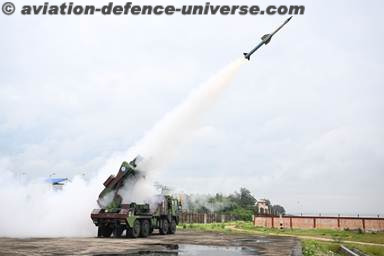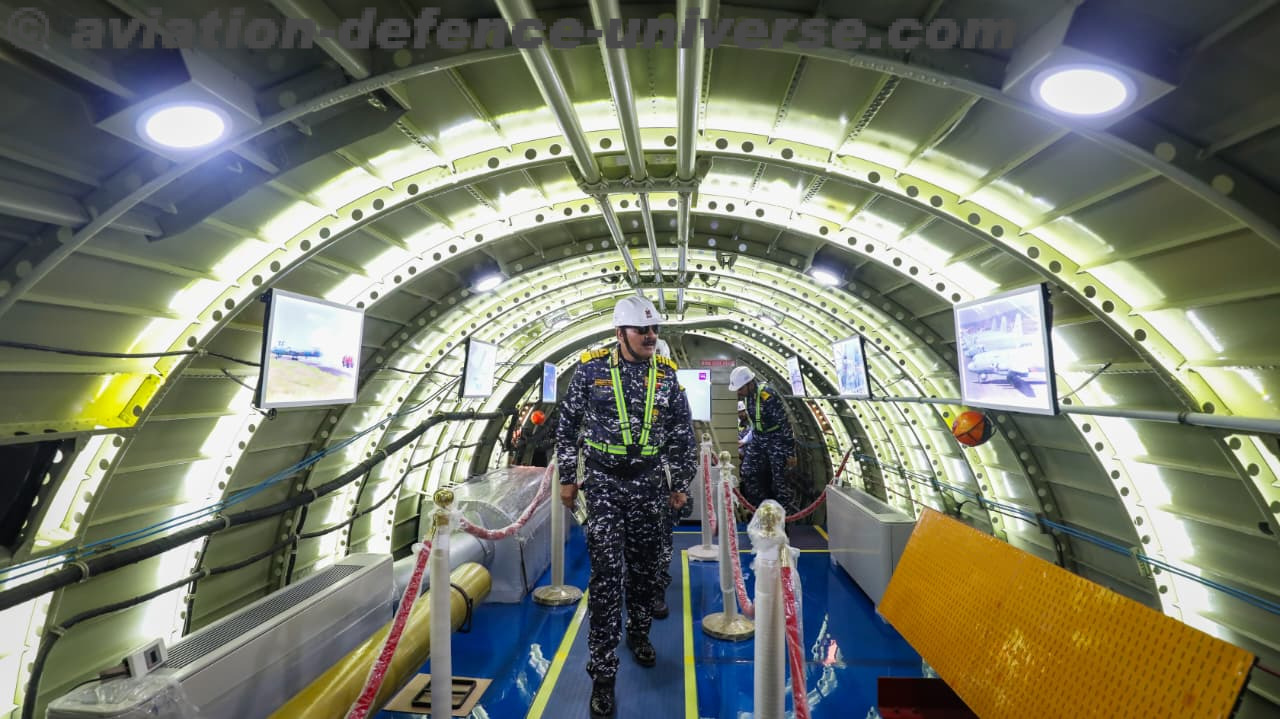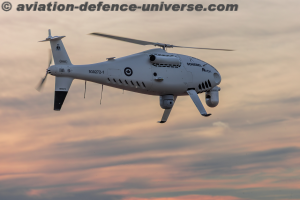- At DSEI 2025, Thales and the UK company Autonomous Devices announced an agreement to jointly develop a versatile, modular, turnkey drone-based electronic warfare solution for naval and land forces.
- Thales draws on its electronic warfare expertise to develop a payload capable of performing both electronic support, to detect, identify and locate threats, and electronic attack, i.e. jamming, roles. Autonomous Devices is responsible for designing a new-generation drone with high manoeuvrability and long endurance capabilities.
- This drone-based electronic warfare solution is currently undergoing initial testing, which will continue throughout the year.
Thales and the UK company Autonomous Devices will co-develop the EW-UAS1 in the latest of a series of joint projects by the two partners.
This turnkey solution will benefit from Thales’ expertise in electronic warfare command-and-control system integration and certifications needed for drones to fly in civil and military airspace.
Recent conflicts have confirmed the growing importance of both defensive and offensive electronic warfare in all domains of military operations. The armed forces need to rely on agile and long-endurance platforms, easy to recover and re-use, to deploy their electronic warfare systems. The combination of the drone from Autonomous Devices and the payload from Thales will meet these requirements, providing a high-performance drone-based electronic warfare solution tailored to the challenges of modern warfare.
“The drone-based electronic warfare solution developed by Thales and Autonomous Devices is a technological game-changer for the armed forces, providing a reliable passive capability to counter modern threats while ensuring long- range protection around their strategic assets,” said Marie Gayrel, Vice-President in charge of the Intelligence, Surveillance and Reconnaissance activities, Thales.
“The integration of these technologies in a turnkey solution promises to unlock EW capabilities well beyond the state of the art, providing an effective counter to rapidly-evolving threats, and this agreement represents a significant step en route to delivering these capabilities to the warfighter,” said Ken Wahren, CEO, Autonomous Devices
EW-UAS has a key role to play in defending ships from new and emerging threats. Thanks to its speed, agility and endurance, this drone can be quickly deployed to detect anti-ship missiles and initiate electronic countermeasures (soft kill), thereby improving ship survivability while minimising ordnance.
EW-UAS will also provide proactive protection for sensitive military assets engaged in land and naval operations, conducting complementary jamming missions to disrupt the adversary’s radar surveillance and targeting capabilities and bolster electronic defences in the theatre of operations. The drone can also be used for passive detection and surveillance, to anticipate threats by extending detection coverage. It can reposition itself quickly to enable the electronic warfare payload to detect enemy radar emissions (weapon guidance, targeting and surveillance), then jam or manipulate these signals to create an alternative radar reality. These deception tactics confuse radar operators, send missiles off-course and ensure that sensitive assets are not detected.
Electronic Warfare – Unmanned Aircraft System


































































































































